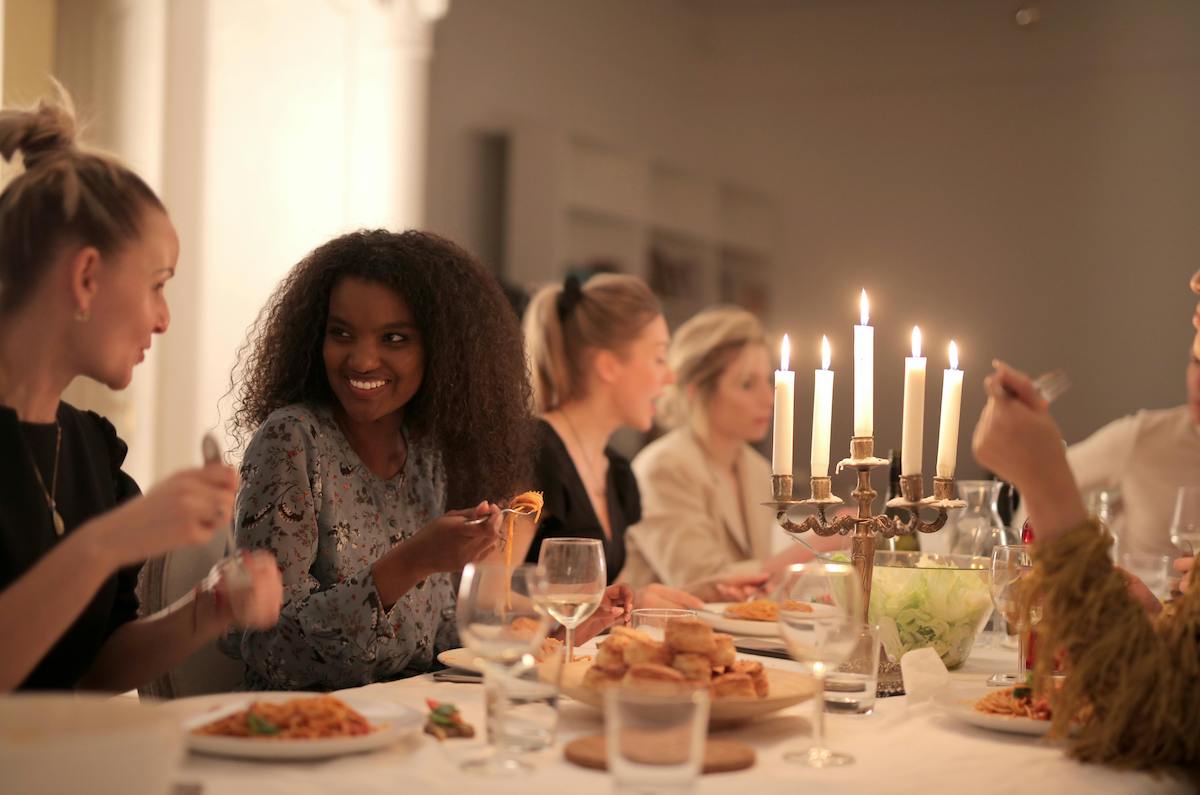Animal Models: A Tool to Understand Your Caregiving Approach
Navigating a loved one’s eating disorder as a caregiver can be daunting. To tackle information overload, Dr. Janet Treasure, a psychologist and educator at the University of London, created a model to guide caregivers as they navigate their loved one’s eating disorder.
Treasure uses animal models to describe the different ways that caregivers may support a loved one with an eating disorder. She uses this awareness to help caregivers shift from a draining role to a more fulfilling one and build a connection with the care receiver.
Kangaroo, rhino, ostrich, or jellyfish?
Below are Treasure’s animal models. As you read through them, take a moment to reflect on how you approach your loved one’s eating disorder:

Kangaroos
Like a mother kangaroo, these caregivers want to bury their loved ones in a pouch and protect them from the outside world. This may sound like a loving approach, but this overprotectiveness hinders both the caregiver and the care receiver. For the caregiver, “helping” becomes the number one priority. This approach can be extremely draining as the caregiver may neglect their own self-care and feel anxious about failing. The care-receiver becomes dependent on the caregiver and does not learn to support themselves or overcome challenges.

Rhinos
Rhinos are similar to kangaroos in that they want to control everything, but they do so by force rather than codependency. Rhinos are stubborn in their approach and use tactics such as persuasion, arguments, confrontations, or giving advice. Rhinos will often try to force a care receiver into recovery by constraining their activities or forcing meals. Even if the care receiver complies, similar to the kangaroo approach, the care receiver does not develop the confidence to embark on recovery themselves. They may also disconnect from the rhino as they do not feel supported.

Ostriches
Ostriches are quite different from rhinos and kangaroos: they avoid discussing or addressing the eating disorder entirely. Ostriches tend to “bury their heads in the sand” and disallow any discussion, references, or questions about eating disorders in their environment. This in turn shames and silences the individual with the eating disorder, creating further barriers to recovery. Ostriches do this because they feel powerless to support their loved ones through this challenge.

Jellyfish
Jellyfish also feel anxious and fearful about supporting a loved one, but they externally express their fears instead of controlling (like the kangaroo) or avoiding (like the ostrich). These emotions begin to engulf the jellyfish’s life and can consume both the caregiver's and care receiver's time, focus and energy. Jellyfish are often triggered by eating disorders, which result in crying, insomnia, self-isolation, shouting, or anger. The care receiver perceives that they are a burden and begins to hide their struggles to avoid upsetting their caregiver.
Dealing with difficult feelings as a caregiver
The kangaroo, rhino, ostrich, and jellyfish represent four different ways that a caregiver may deal with difficult feelings. Supporting a loved one with an eating disorder is a tremendous task and internal feelings, thoughts, and beliefs can surface in this role. Many caregivers feel guilty, anxious, angry, frustrated, and fearful about their loved one’s eating disorder and their supportive role. These feelings are normal.
Two healthier caregiving approaches
To guide caregivers toward a healthier approach, Dr. Treasure identifies two more animal models.

Dolphins
This type of caregiver gently guides their loved one through the turbulent sea. They do not put them on their backs for risk of drowning them both but swim alongside. The dolphin may swim ahead to search for other pathways, such as researching treatment options or educating themselves. At other times, the dolphin may quietly swim behind, allowing the care-receiver to move at their own pace and choose their own path.

St. Bernards
St. Bernards are all calmness, warmth, and compassion. They accept and process their own pain that may arise from the losses that come with an eating disorder. St. Bernards practice self-compassion and show this same compassion to their loved ones. They hold space for the care receiver’s emotions and respond with patient listening.
Take a moment to reflect on how you respond to your loved one’s eating disorder:
- Which animal model do you identify with and how does it make you feel?
- How does your current caregiving approach affect you? How does it affect others?
- If you were advising a friend with the same caregiving approach, what would you say?
- Do you want to change your animal model (caregiving approach)? What are the pros/cons?
- What beliefs do you need to work on to make this change?
- What do you need—from yourself or others—to become more confident and healthy in your caregiving role?
It may take time to build confidence in your caregiving role and support your loved one in a healthy way. No approach is perfect but the efforts you are putting in should not be dismissed. You have already taken the first step by opening your mind to learning new things. Now, which footprint do you currently leave—hoof, claw, fin or paw—and which footprint do you want to leave?
If you want to learn more about navigating your loved ones eating disorder, watch my webinar on YouTube.












